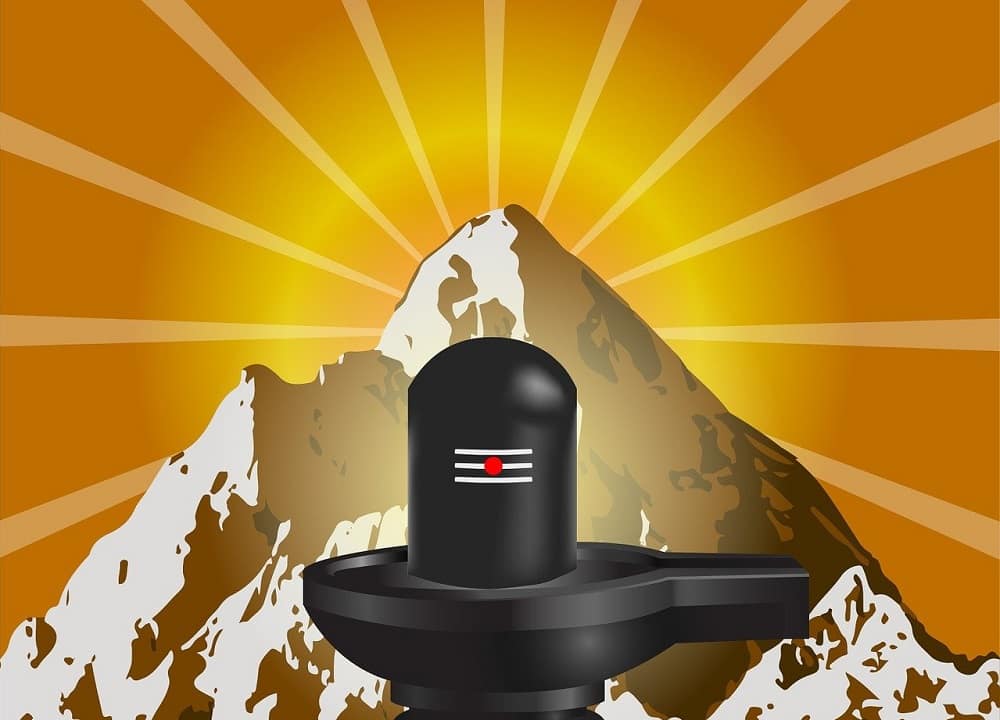Consider the vast expanse of the influence of Sanatana Dharma, or Hindu traditions, in the bygone era. How far do you believe its profound impact reached across the ages? Undoubtedly, Sanatana Dharma stands as one of the oldest religions in the world, with its roots tracing back thousands of years. In antiquity, India held a position of immense power and influence on the global stage. As an example, let us share with you a fascinating aspect of the ancient Aboriginal inhabitants of Australia, recognized as one of the most ancient civilizations known to exist on Earth.
The lineage of the Aborigines can be traced back approximately 75 thousand years ago, and they evolved into a distinct genetic group around 50 thousand years ago. Historians believe that this ancient Aboriginal community established their initial settlements in Australia somewhere between 40 thousand to 31 thousand years ago. These early settlers are the direct forebears of the present-day Aboriginal tribes, and remarkably, their culture has persevered largely unchanged throughout the ages. The unearthing of human remains from Lake Mungo in New South Wales, Australia, in 1969 revealed evidence of one of the earliest known instances of cremations. The remains, identified as the Mungo Woman, have been scientifically dated to approximately 24,700 to 19,030 years ago.
Based on recent studies and research findings, an astonishing correlation has come to light, linking the tribal communities in Australia with Tamil Hindus. It's intriguing to note that these tribal communities in Australia use numerous strikingly similar words in their language as found in the Tamil language. What's even more astonishing is that these Australian tribes perform a particular kind of mysterious dance referred to as the "Shiva dance."
During their rendition of the dance, these tribespeople smear their bodies with white paint, akin to the practice observed by devout followers of Lord Shiva in various parts of India. According to the beliefs of these tribal communities, their deity dwells within a mountain called Uluru, much like how Mount Kailash in India is revered as the abode of Lord Mahadev.
Recent research proposes that thousands of years ago, a community of individuals from South India undertook a migration to Australia. This historical movement could explain the presence of numerous strikingly similar words shared between the language of the Australian aboriginal people and the Tamil language.
Not limited to Australia alone, numerous countries across the globe bear witness to the presence of relics associated with the rich culture and traditions of India. These remnants serve as a testament to the widespread influence of Sanatan Dharma and Hindu traditions in various parts of the world in ancient times. Taking this perspective into account, it can be asserted that Sanatan Dharma holds the distinction of being the oldest religion in the world.













0 comments:
Post a Comment